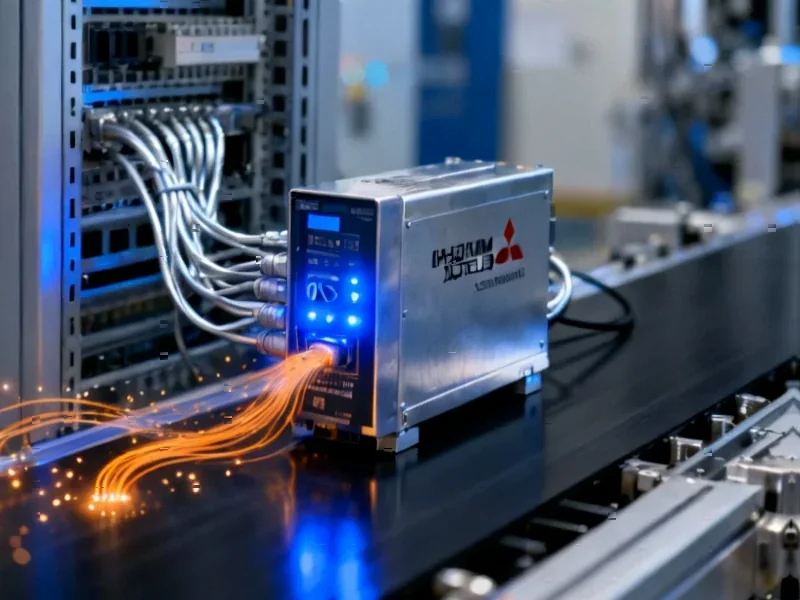According to Manufacturing AUTOMATION, PROFIBUS and PROFINET International (PI), AIM-D e.V., and the OPC Foundation announced on November 4, 2025 that they’re establishing a common language for spatial intelligence. The groups have created the OPC UA Companion Specification for Identification and Locating, which harmonizes spatial data models for absolute positions. This specification enables unified global positioning of assets across both physical and digital environments. The standard is now freely available on the OPC Foundation’s website and represents what they’re calling a milestone for industrial intelligence. Matthias Jöst, committee leader omlox at PI, explained that machines need this unified spatial understanding for coordinated interaction between equipment and mobile robots. The collaboration aims to bring together identification, locating and communication disciplines in a common spatial context.
Why This Actually Matters
Here’s the thing about industrial standards – they’re usually boring as hell until suddenly they’re not. This one could actually change how factories operate. We’re talking about giving every machine, robot, and vehicle the same understanding of where everything is in three-dimensional space. That’s basically like giving the entire factory a shared GPS system that everyone understands the same way.
Think about how chaotic factory floors can get when you have autonomous robots zipping around while stationary equipment does its thing. Right now, they’re all speaking different languages when it comes to location data. This specification creates what amounts to a universal translator for spatial information. And that’s crucial because without it, you can’t have truly intelligent systems that coordinate with each other.
The Physical AI Revolution Is Coming
This isn’t just about making current systems slightly more efficient. We’re looking at the foundation for what they’re calling “Physical AI” – artificial intelligence that operates in the real world, not just on screens. When machines share a common spatial understanding, you can start building systems that self-organize, adapt to changes, and optimize themselves in real-time.
Imagine production lines that automatically reconfigure when a robot breaks down, or warehouses where inventory literally tells systems where it is. That’s the kind of future this enables. The big players clearly see this coming – that’s why standards groups that normally operate separately are suddenly collaborating so closely.
What Comes Next
So what happens now? Well, the specification is out there and freely available, which is smart because adoption depends on widespread use. We’ll probably see equipment manufacturers starting to build this into their next-generation products. The real test will be how quickly the industry embraces it.
I’m curious though – will this become the de facto standard, or will we see competing approaches emerge? Given the heavyweight backing from PI and OPC Foundation, it seems positioned to become the dominant approach. But in the fragmented world of industrial automation, you never know. One thing’s for sure: the race to create intelligent, self-organizing factories just got a major boost.




